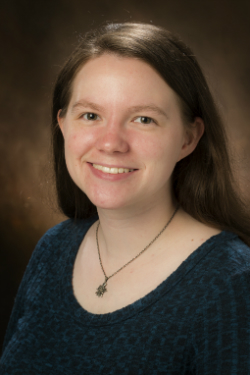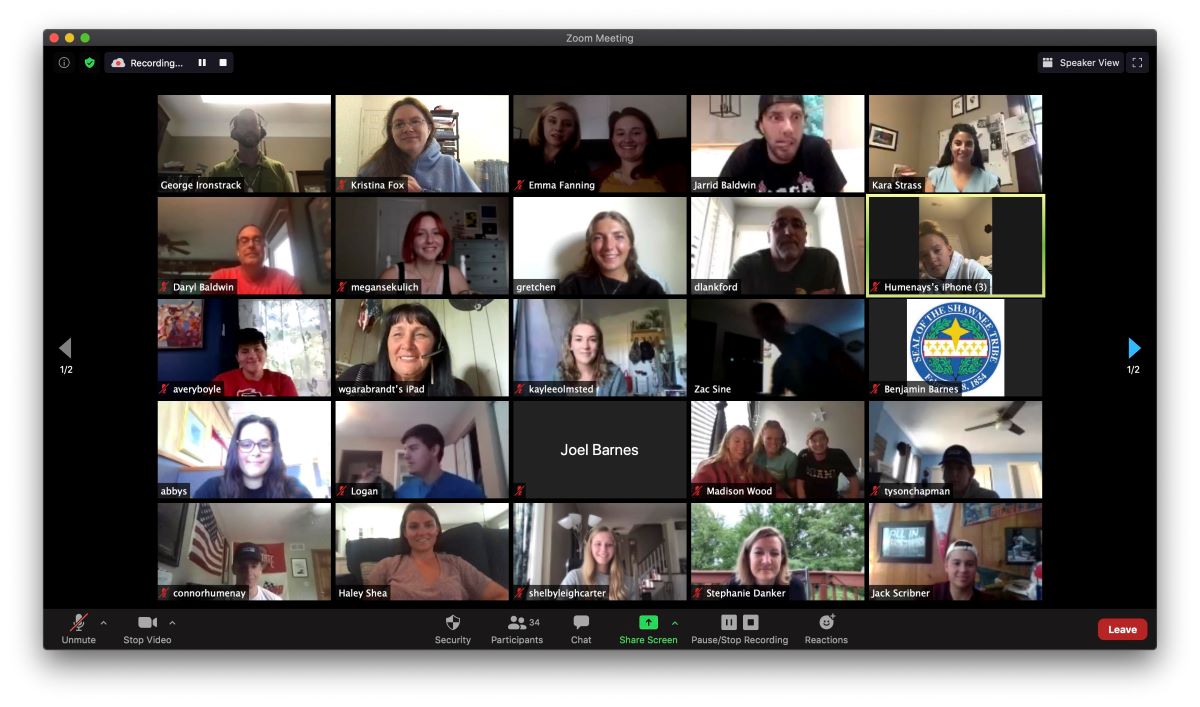Miami Tribe of Oklahoma Develops Community Oriented Education Portal
The Miami Tribe of Oklahoma’s Eemamwiciki Educational team is launching a new online community-oriented educational resource called Šaapohkaayoni, which is the Myaamia term for ‘portal’.
Miami Tribe of Oklahoma Develops Community Oriented Education Portal

The site is still early in its development but has significant potential for connecting the Myaamia community. Šaapohkaayoni has two main functions. The public-facing homepage hosts a Google-enhanced search engine, returning results from the Miami Tribe’s numerous web-based resources. Behind a login, those with accounts on the website have access to culturally-based educational courses on culture, language, history, art, and more.
While private user accounts on Šaapohkaayoni are primarily for the Myaamia community, everyone is encouraged to use its search engine as a source of tribally produced information. The search engine scans numerous pages either produced or previously vetted by the Miami Tribe, to ensure all the information is accurate and culturally informed.
The Eemamwiciki Educational team, a collaborative group of tribal educators and program directors from the Miami Tribe’s Cultural Resources Office and the Myaamia Center, has largely overseen the development of Šaapohkaayoni.
In recent years, the team noticed increased community interest in topics like language, culture, and history. As a small team, responding to individual queries could be time-consuming and inefficient, the new portal is intended to fill this need.
Using data from the Myaamia Center’s Assessment and Evaluation office, the Eemamwiciki Educational team determined what topics and courses should be made available through the portal, giving community members access to information whenever they may want it.
Behind the login, there are currently two types of courses available on the portal. The first is self-paced, guided language courses where participants are led through a series of lessons and activities. The second is ‘grabbag’ courses, where participants can interact with information most interesting to them, with no expectation to complete the entire course.

Kristina Fox, the Myaamia Center’s education coordinator, manages the portal and its ongoing development. Fox works closely with the Eemamwiciki Educational team and the programming team to ensure the educational value of the content posted to the portal.
“We really wanted it to be something that could be accessed from anywhere,” Fox said. “We’ve been looking at all these ways to get educational content to family homes and this is a way of doing that, especially for those who can’t attend events in person.”
Šaapohkaayoni not only allows the community to easily access Myaamia resources and information but has the potential to further connect a community living in diaspora. As a community of over 7000 living across and outside of the United States, it’s crucial to find new, innovative ways to connect with one another as a community. Through courses and activities on Šaapohkaayoni, the Myaamia community will have the opportunity to connect with one another on a regular basis.
Fox explained how the COVID-19 pandemic encouraged the Miami Tribe to expand online resources and learning opportunities.
In January 2021, with travel advisories in full effect, the Miami Tribe hosted its first virtual Winter Gathering event. Over 80 people logged in for the virtual storytelling session.
“There was just such an overwhelmingly positive response to being able to join without traveling,” Fox said.
Most of the Miami Tribe’s cultural workshops and events are held in two locations; Miami, Oklahoma, or Fort Wayne, Indiana, but only a small portion of the community lives in or near these places. Even with pandemic-era travel restrictions in the past, traveling can still be time-consuming and expensive, especially for larger families.

“Šaapohkaayoni lets us meet people where they are at and give them a chance to bring this knowledge into the home,” Fox said. “The more accessible we make this information, the stronger our community is going to be.”
While the Tribe has been using online learning management systems for a number of years, developing Šaapohkaayoni was a natural next step for the community which needed something that could address the Miami Tribe’s unique needs.
Unlike other websites or online-learning tools, Šaapohkaayoni is a Myaamia-specific space. The site was built using Myaamia aesthetics and includes Myaamia imagery.
“It will greet you with your Myaamia name,” Fox said. “That just doesn’t happen anywhere else.”
Aside from feeling like a Myaamia space, the educational portal has set in place industry standards for data security, so the community can be assured it’s secure.
Most importantly, Šaapohkaayoni can expand and change to meet the community’s needs over time. The educational portal is managed by the Tribe and can therefore be modified as needed, Fox said.
Behind the scenes, the Myaamia Center’s programming team is responsible for software development and maintenance of the site. This team is comprised of master’s students from Miami University’s College of Engineering and Computing, who work as graduate assistants in the Myaamia Center under the supervision of Dr. Doug Troy, coordinator of Application Development.
If you have questions about using this resource please contact Kristina Fox, Myaamia Education Coordinator at markskm@miamioh.edu.
Learn more about the Miami Tribe’s Cultural Resources Office here.